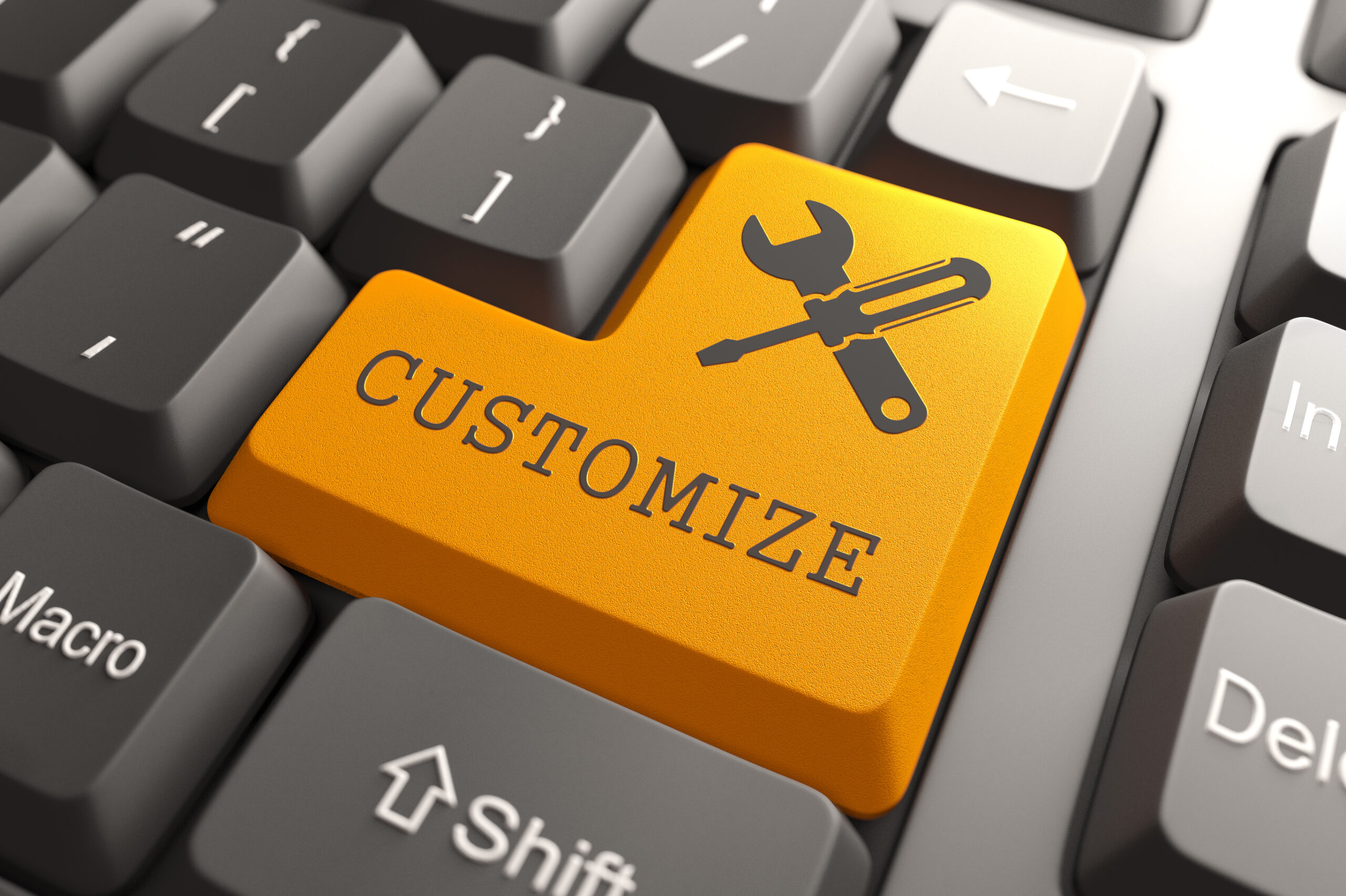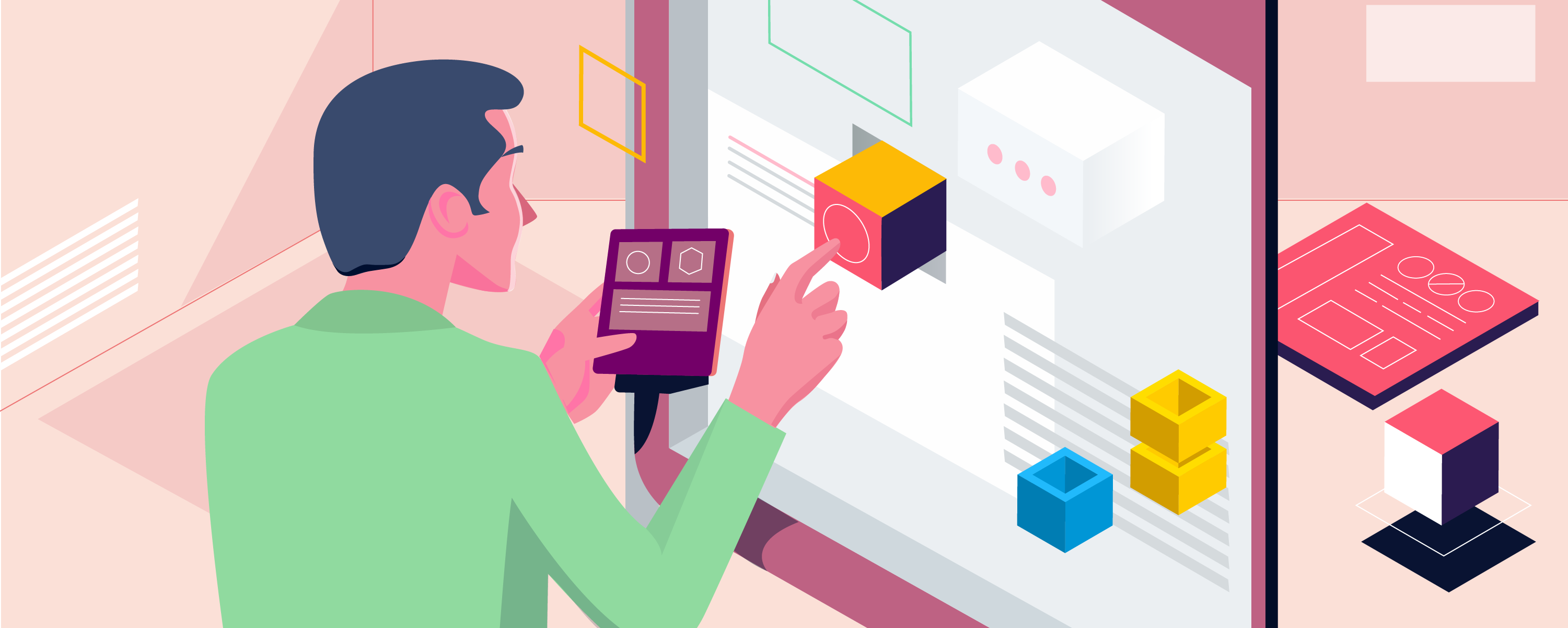Customer Experience is better Based on Customers
The word customer experience has several interpretations. For many people it involves shopping or website navigation. For other people it comes down to simplicity of use because the customer interfaces using the service or product they purchased. For many, it comes down to technical and customer support. But still others notice as creating affinity through unique occasions, communities, and promotions. The large real question is: how can your clients define customer experience?
Customer experience management(CEM) has similar ambiguity across companies. Definitions include personalization of promoting communications and customer support, involving customers in dialogue with the organization or fellow customers, collecting feedback for brand new product, discussing success tales among customers, organizing executive-to-executive customer visits, creating exciting occasions, and rewarding loyal behaviors. The large questions listed here are: How are customers best because of these CEM programs? Is anything missing to deal with the sooner question of methods customers define the client experience?
Reality Comparisons
The primary reason customers decide to not purchase something is doubt that reality will match or exceed their expectations. Likewise, the primary reason customers decide to not buy again is the fact that reality did not meet their expectations. Hence, expectations are pivotal to understanding customer experience and also to CEM.
Brand Promises Create Expectations
Expectations are formed greatly by ads and promotions over the brand category, by comments from sales and repair professionals, media and reviewers, the client’s peers, and also the customer’s prior history using the brand category. These formal and informal sources make up the brand promise.
Expectations Really are a Moving Target
Ongoing alignment is essential because expectations really are a moving target. Innovations, competitors’ moves, and social and economic trends are the forces that create continual morphing of customers’ expectations.
True Customer-Centricity
True customer-centricity is really a consistent practice of searching at things in the customer’s perspective, and selection accordingly. To become customer-centric, everybody in the company should obtain a thorough knowledge of customer expectations, monitor customer data highly relevant to their role, and employ it compare unique car features on the continual basis.
Ripple Effect
The ripple aftereffect of any internal organization’s actions is ultimately gone through by a firm’s customer-facing professionals, and frequently through the customers too. Negative ripples are manifest to customers as hassles, disappointments, annoyances and unnecessary costs. These ripples have a tendency to lead to customer churn, also referred to as switching to some competitor’s brand. Pure customer-centricity prevents negative ripples.
Customer experience is better based on customers themselves. Business that are looking to enhance customer experience must have a pulse on customer expectations – and consistently result in the customer’s reality match or exceed individuals expectations.



